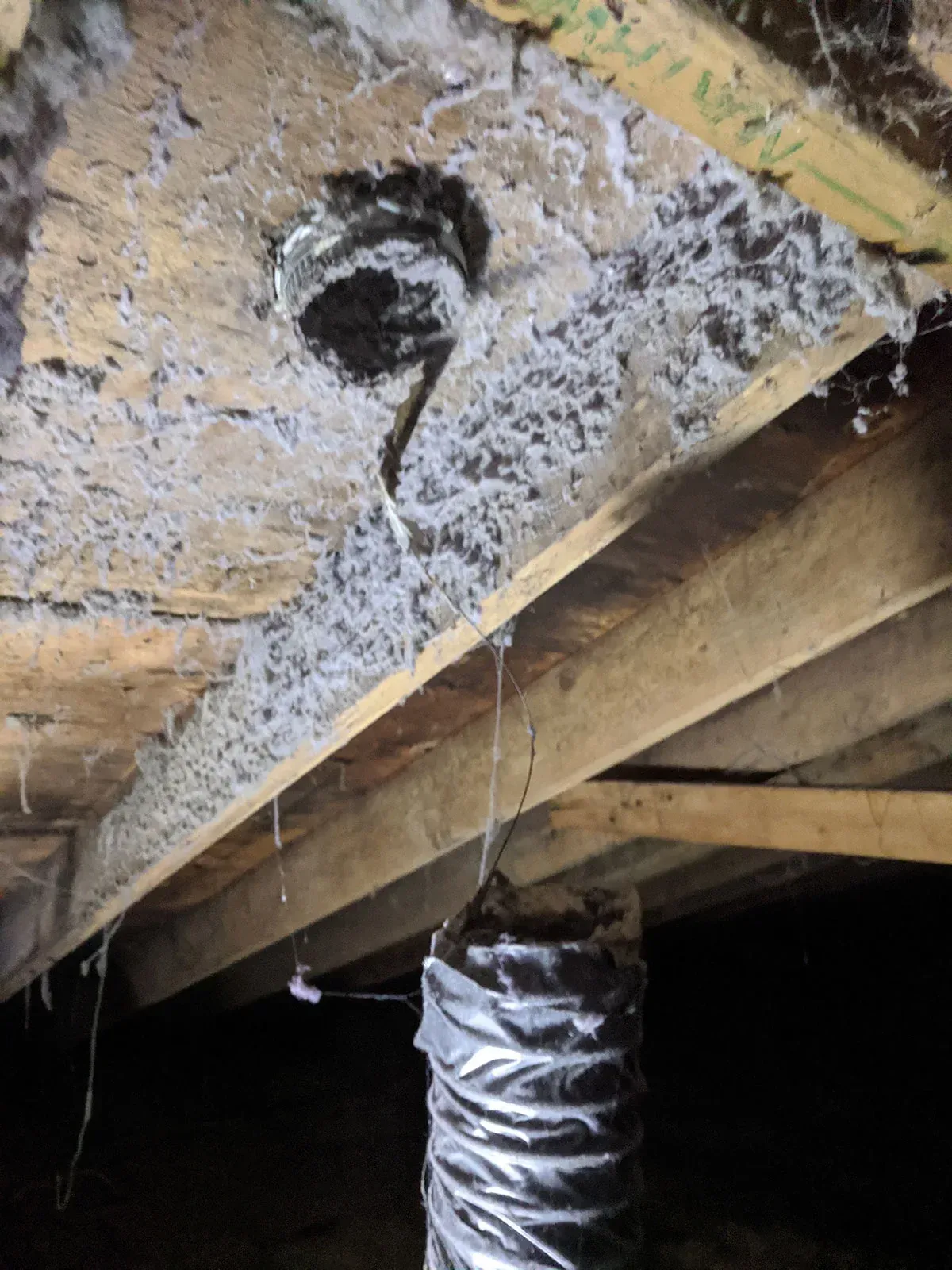The Importance of Duct Cleaning for Improving Indoor Air Quality in Myrtle Beach, SC: How to Prevent Attic Mold

Many homeowners underestimate the impact of their HVAC system on indoor air quality, mainly because these systems run quietly in the background. However, while your HVAC system is working to regulate temperature, it may also be circulating harmful particles, such as dust, debris, and even mold, throughout your home. Poor indoor air quality can worsen respiratory conditions like asthma, particularly in humid climates like Myrtle Beach, SC. Homeowners often don't think about their air ducts unless something goes wrong. Neglecting them can lead to significant air quality issues, so duct cleaning is essential for maintaining a healthy living environment.
For homeowners in Myrtle Beach, especially those concerned about the air they breathe, duct cleaning is not just a reactive measure but a proactive step to improve indoor air quality. Mold and debris accumulation in HVAC systems can worsen air quality over time, making your home prone to allergens and airborne pollutants. Our expert mold remediation service in Myrtle Beach also includes duct cleaning, ensuring a proactive approach to maintaining a healthy living environment.
Why You Should Consider Duct Cleaning: The Hidden Threats
HVAC systems are designed to regulate air temperature but become natural collection points for dust, dirt, and mold spores over time. According to the Environmental Protection Agency (EPA), indoor air pollution is one of the top five environmental risks to public health. These contaminants can build up to hazardous levels in homes where duct systems haven't been cleaned.
Homeowners in Myrtle Beach, where moisture levels are naturally higher due to coastal humidity, are particularly vulnerable. Dust accumulation can combine with the high humidity to create ideal conditions for mold growth within the ducts. Mold spores, once airborne, can cause a wide range of health issues, including coughing, respiratory irritation, and, in extreme cases, mold allergies. In this environment, duct cleaning isn't just maintenance—it's necessary to ensure clean, breathable air for you and your family.
Myrtle Beach Attic Mold
Homeowners of tightly sealed homes with advanced insulation and dehumidifiers are designed to regulate moisture and keep the air clean. However, even in these well-maintained homes, problems can arise—especially if moisture finds its way into the HVAC system and goes unnoticed. The best attic mold remediation Myrtle Beach has helps to improve air quality in attics and beyond.
How Do Dirty Ducts Lead to Attic Mold?
Dirty ducts allow for mold growth, especially when combined with moisture. Since moisture is one of the critical factors for mold growth, the standing water likely allowed mold spores to thrive around the duct seals and machinery. Here's how it happens:
· Dust and Debris: Over time, ducts collect dust, dirt, and other airborne contaminants. These particles settle in the ducts, and when moisture is introduced, they create an ideal environment for mold growth.
· Moisture: If an HVAC unit develops a leak in the attic, moisture enters the unit. The dust and debris that accumulate will absorb the excess water. The moisture is trapped, which fuels mold growth.
· Mold Development: Mold grows in warm, damp, and undisturbed areas. The seals of the ducts, where a sticky 'goo' is often used, become the focal points for mold and mildew to develop, as these areas are susceptible to collecting moisture and debris.
Is This Common? Yes, this is a more common issue than many homeowners realize, particularly in climates with high humidity or homes with complex HVAC systems. If the ducts haven't been cleaned regularly, dust and debris can accumulate and become a food source for mold when moisture is introduced. In non-vented attics, moisture has no place to escape, creating the perfect environment for mold to thrive. Once mold is found, you'll need to reach out for the best attic mold remediation Myrtle Beach, SC offers.
The Impact of Unclean Ducts on Air Quality in Humid Climates
Myrtle Beach's coastal location means homes are exposed to significant humidity. In such climates, moisture can easily infiltrate air ducts, creating conditions where mold thrives. Without regular cleaning, ductwork can become a hidden sanctuary for mold, particularly if the HVAC system experiences condensation issues.
Mold in HVAC systems is more common than most homeowners realize. Mold can develop at least 24 to 48 hours when moisture is present. As the system operates, mold spores are blown throughout the home, leading to musty odors and a notable decline in air quality. For homeowners in Myrtle Beach, attic mold remediation and crawlspace mold inspection are critical services to consider, as these areas are prone to moisture buildup, making them prime locations for mold growth.
When duct cleaning is paired with these mold inspections, homeowners can dramatically reduce the amount of mold spores circulating in their living spaces. Cleaning out debris and eliminating mold from your ducts can result in a marked improvement in air quality, helping to safeguard your family's health.
Take Control of Your Home's Air Quality
Our team, with extensive experience and expertise in duct cleaning and mold remediation in the Myrtle Beach Area, is here to ensure your home's air quality is at its best.
Homeowners in Myrtle Beach cannot afford to neglect their HVAC systems. The combination of high humidity, dust, and the potential for mold growth makes regular duct cleaning a critical part of home maintenance. If it's been more than a year since your ducts were inspected or cleaned, now is the time to act. By investing in duct cleaning services, along with attic and crawlspace mold inspections, you're taking an essential step to improve indoor air quality, protecting your family's health and ensuring your home remains safe and comfortable.



